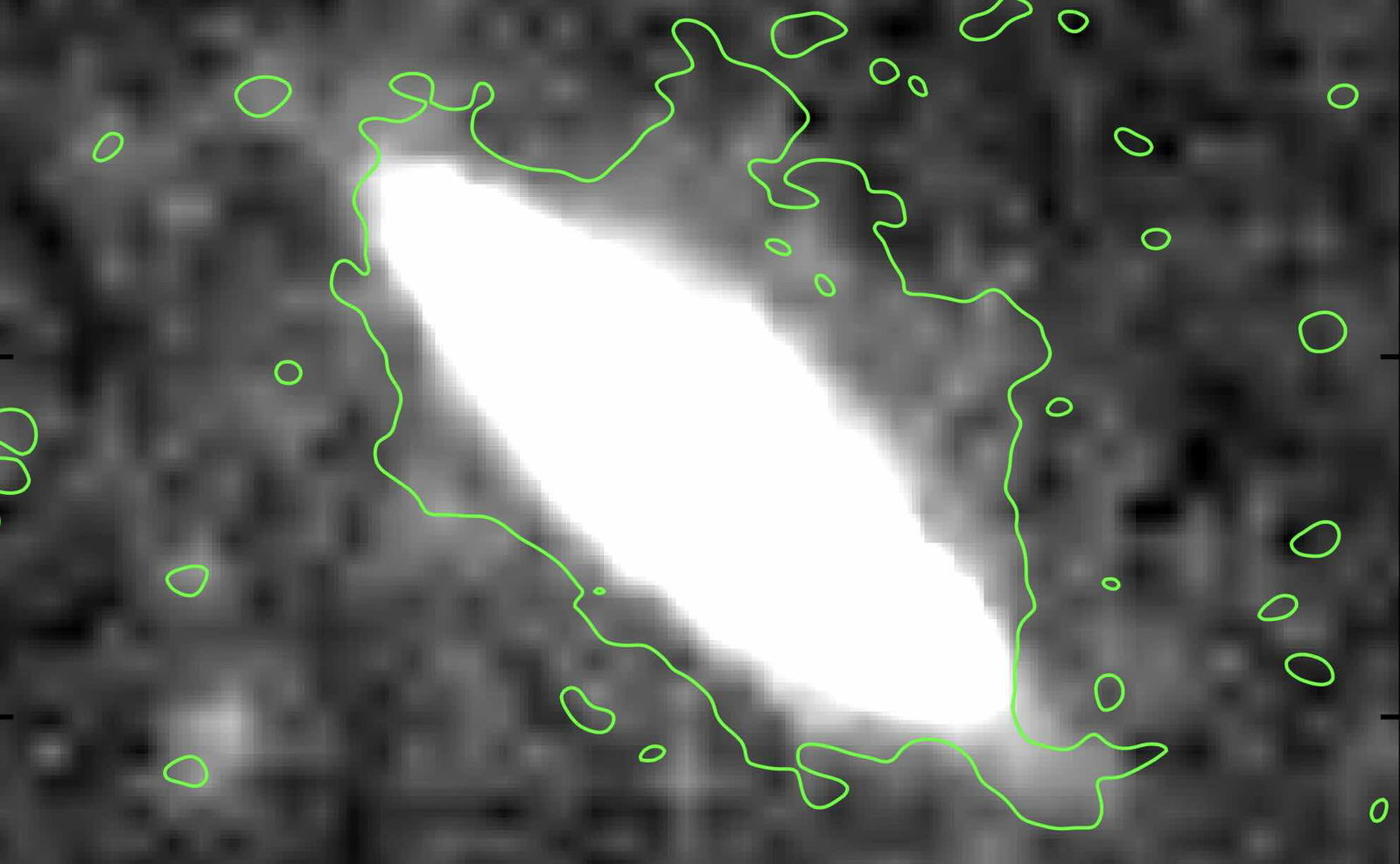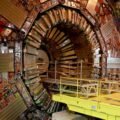Astronomers have revealed the discovery of a massive radio bubble in the halo produced by a distant galaxy, according to findings reported in a new paper.
The discovery was made by an international team that performed radio observations of the galaxy NGC 4217, during which they detected a radio bubble of significant magnitude present within the star-forming region’s halo.
NGC 4217, located approximately 61.6 million light years from Earth, is recognized by astronomers as an edge-on star-forming spiral galaxy. Based on past observations of NGC 4217, it was already known that it possessed a large number of unique structures capable of absorbing the surrounding cosmic dust.
Now, the new findings also reveal the presence of a radio bubble or halo being emitted from the galaxy, which extends close to 16,000 light years from its central disk.
Discovery of a Radio Bubble in Deep Space
The recent observations were made by a team led by Volker Heesen of Germany’s Hamburg University, and were made possible by the Jansky Very Large Array (JVLA) in conjunction with additional data from the LOw Frequency ARray (LOFAR).
NGC 4217 is identified by astronomers as being among what are called CHANG-ES (Continuum HAloes in Nearby Galaxies—an EVLA Survey) galaxies. In their recent observations, Volker and the international team observed NGC 4217 in S-band (2–4 GHz) and combined the recent data they obtained with existing LOFAR Two-metre Sky Survey data release 2 (LoTSS-DR2) data at 144 MHz.
The resulting accumulation of existing and new data about NGC 4217 reveals that its radio bubble extends significantly along the northwestern region of its halo. Additionally, the astronomers also report the presence of an extended, yet extremely faint element of the galaxy that no previous observations had revealed to date.
This new structural component of the galaxy appears to possess characteristics that are consistent with an edge-brightened bubble, which they estimate to be present as far from the galaxy’s central star-forming disk by as much as 65,000 light years.
Additional Unusual Findings
The radio bubble also possesses what appears to be an emission boost near its walls, coinciding with a depression near the structure’s center. Imagery obtained by the international team also points to the existence of a shell-like region located near the side of the radio bubble.
Estimated to be at heights of as much as 19,200 and 9,400 light years with corresponding frequencies of 144 MHz and 3 GHz, these structural elements of the newly discovered radio halo’s walls are larger than most that astronomers have observed in similar galaxies, possessing an estimated magnetic field strength of as much as 11 µG.
Strong stellar winds also are likely to be present near the edges of the bubble, which the team believes may rise to anywhere between 300 and 600 km/s, roughly matching NGC 4217’s expected escape velocity.
Overall, Heesen and his team believe the radio bubble observed within NGC 4217 may be capable of inflation to as much as 10% of the kinetic energy associated with supernovae over a period of about 35,000 years, although some portions of this kinetic energy may be lost through radiation.
The team’s findings were detailed in a new paper, “CHANG-ES XXXIV: a 20 kpc radio bubble in the halo of the star-forming galaxy NGC 4217,” by V. Heesen et al, which appeared at the preprint server arxiv.org.
Micah Hanks is the Editor-in-Chief and Co-Founder of The Debrief. He can be reached by email at micah@thedebrief.org. Follow his work at micahhanks.com and on X: @MicahHanks.

